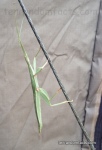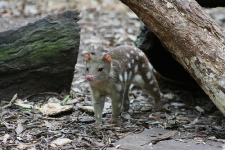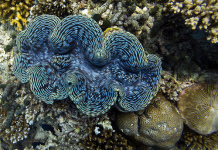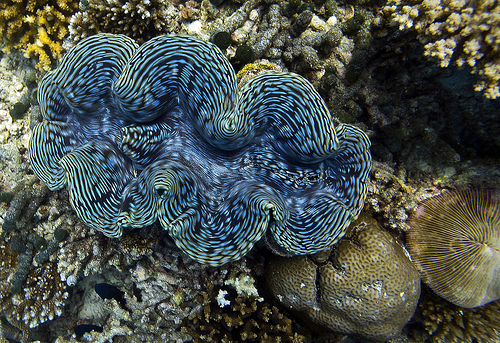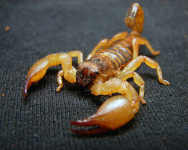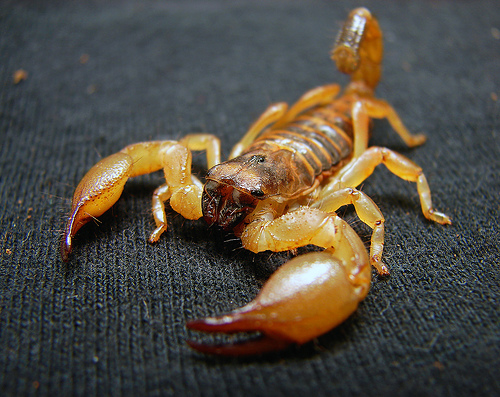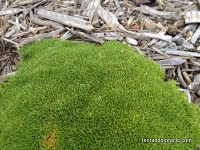
Don’t step on living carpets of lime lava.
- Lime lava plants are evergreen plants native to New Zealand and the eastern states of Australia; and they prefer higher than normal elevations in subtropical habitats.
- A ‘lime lava’ plant is also known as a ‘two-flowered knawel’, ‘knawel’, ‘cushion-bush’, ‘cushion plant’ and ‘Canberra grass’.
- The scientific name of the lime lava plant is Scleranthus biflorus, and it is from the family Caryophyllaceae, the family of carnations.
- Lime lava plants typically grow horizontally as a perennial plant, and they have very small leaves that are between 0.5 to 1 centimetre (0.2 to 0.4 inches) in length.
- From a distance, a lime lava plant has the appearance of moss, and the plant boasts a colour of vibrant green.
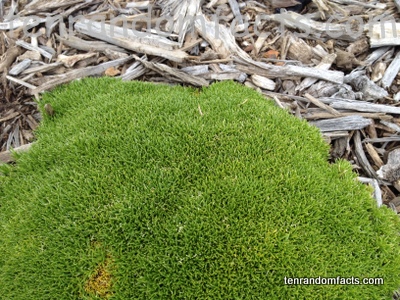
- Lime lava plants are used most often for decorative purposes, commonly to line garden edges, featured in rockeries, or as a ground cover.
- Full sunlight is the best condition for growing lime lava plants and they also prefer moist conditions.
- Lime lava plants have trouble growing in areas where water collects; and they are generally frost resistant.
- Lime lava can grow to be 15 centimetres (6 inches) in height and 50 to 80 (20 to 32 inches) centimetres in diameter.
- Lime lava flowers are very small, and green to yellow in colour, and they flower during spring to autumn.
Bibliography:
Canberra Grass, 2014, Burke’s Backyard, http://www.burkesbackyard.com.au/fact-sheets/in-the-garden/grasses-ground-covers-lawns/canberra-grass/#.VK9d-IuUd8E
Hibbs B, A patch of lime green – Scleranthus biflorus, 2012, Garden World, http://gardenworld.com.au/2012/06/13/a-patch-of-lime-green-scleranthus-biflorus/
Scleranthus biflorus, 2013, Wikipedia, http://en.wikipedia.org/wiki/Scleranthus_biflorus
Scleranthus biflorus, 2015, Bushland Flora, http://www.bushlandflora.com.au/individual_plant.php?p=Scleranthus%20biflorus&uid=1677
Hadlow B, Scleranthus biflorus, 1981, Australian National Botanic Gardens http://www.anbg.gov.au/gnp/gnp11/scleranthus-biflorus.html






